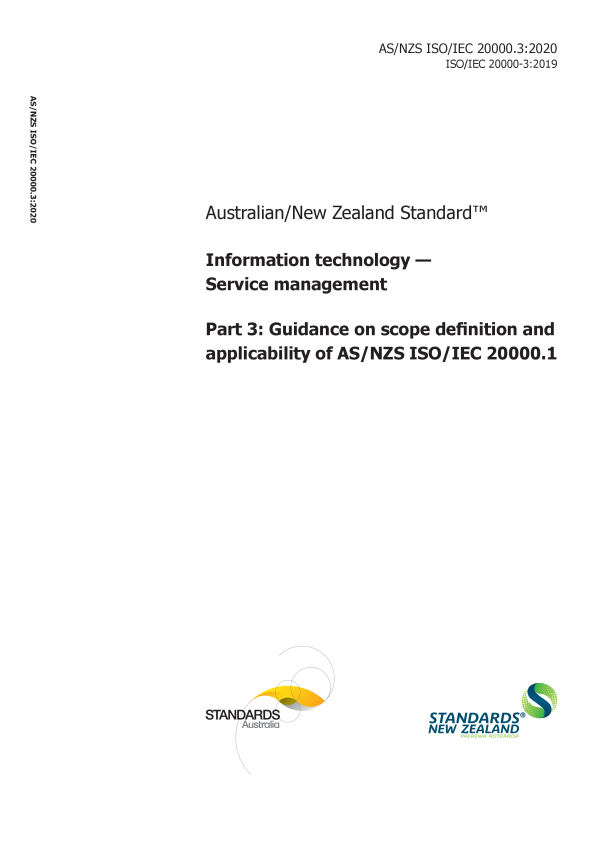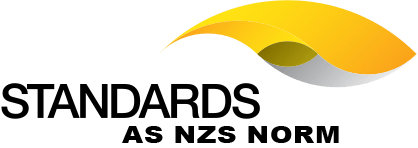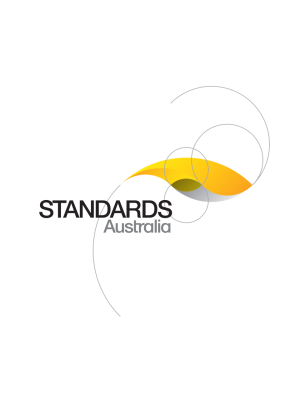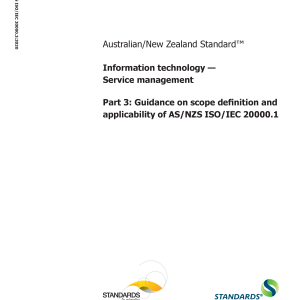Header
About this publication
Preface
Foreword
Introduction
1 Scope
2 Normative references
3 Terms and definitions
4 Fulfilling the requirements specified in ISO/IEC 20000-1
4.1 Structure of the SMS
4.2 Demonstrating conformity
4.3 Authorities and responsibilities across the service supply chain
5 Applicability of ISO/IEC 20000-1
5.1 Principles of applicability
5.1.1 Applicability
5.1.2 Organization
5.1.3 Commercial status
5.1.4 Scope
5.1.5 Requirements
5.1.6 Authorities and responsibilities
5.2 Parties involved in an SMS
5.2.1 Types of suppliers
5.2.2 Improvements to the SMS and services
5.2.3 Evaluation and selection of other parties
5.3 Control of other parties
5.3.1 Processes, services and service components provided or operated by other parties
5.3.2 Accountability
5.3.3 Integration, interfaces and co-ordination
5.3.4 Definition of controls for measuring and evaluating other parties
5.3.5 Management of the service supply chain
6 General principles for the scope of an SMS
6.1 Introduction
6.2 The scope of the SMS
6.2.1 Defining the scope
6.2.2 Scope definition and assessment
6.2.3 Limits to the scope
6.2.4 Commercial considerations
6.3 Agreements between customers and the organization
6.4 Scope definition parameters
6.4.1 Parameters to define the scope of the SMS
6.4.2 Other parameters
6.5 Validity of scope definition
6.6 Changing the scope
6.7 Service supply chains and SMS scope
6.7.1 Reliance on other parties
6.7.2 Demonstrating conformity across the service supply chain
6.8 Integrating with other management systems
Annex A
A.1 General
A.1.1 Introduction
A.1.2 Framework for the scenarios
A.2 Simple scenarios
A.2.1 Scenario 1 — Internal delivery
A.2.2 Scenario 2 — Simple service supply chain
A.2.2.1 Background
A.2.2.2 Is the scope of Organization A limited to IT services?
A.2.2.3 Can there be more than one externally supplied service or more than one supplier for this scenario?
A.2.2.4 Can services provided directly to the customer by another party be included in the SMS?
A.2.2.5 Can internal and external customers be supported within the SMS of Organization A?
A.2.2.6 Can Party C also demonstrate conformity?
A.2.2.7 Can Party C provide services to more than one customer?
A.2.2.8 Can Party C be both a supplier and a customer?
A.2.2.9 Can internal suppliers be treated the same way?
A.3 Scenarios with outsourced components
A.3.1 Scenario 3 — Outsourced components
A.3.1.1 Background
A.3.1.2 Can Organization A demonstrate conformity?
A.3.1.3 What is the scope definition for Organization A?
A.3.1.4 Can Party C also demonstrate conformity?
A.3.2 Scenario 4 — Suppliers, lead suppliers and sub-contracted suppliers
A.3.2.1 Background
A.3.2.2 What is the scope definition for Organization A?
A.3.2.3 Can Party C demonstrate conformity?
A.4 Scenarios with complex service supply chains
A.4.1 Scenario 5 — Extensive outsourcing
A.4.1.1 Background
A.4.1.2 Can Organization A demonstrate conformity?
A.4.2 Scenario 6 — Internal service integrator
A.4.2.1 Background
A.4.2.2 Can Organization A demonstrate conformity?
A.4.2.3 What is the scope definition for Organization A?
A.4.2.4 Can the external suppliers demonstrate conformity?
A.4.2.5 Can the external supplier demonstrate conformity across multiple customers?
A.4.3 Scenario 7 — Outsourced service integrator
A.4.3.1 Background
A.4.3.2 Can Organization A demonstrate conformity?
A.4.3.3 What is the scope definition for Organization A?
A.4.3.4 Can Party C demonstrate conformity?
A.4.3.5 Can Party B demonstrate conformity?
A.4.3.6 Can Party B demonstrate conformity for multiple clients?
A.5 Scenarios with changing SMS parameters
A.5.1 Background
A.5.2 Scenarios for changes to scope
A.5.3 Scenario 8 — Initial scope
A.5.4 Scenario 8a — Outsourcing on-site support services
A.5.5 What is the initial scope definition for Party C?
A.5.6 Scenario 8b with three new locations
A.5.7 What were the implications of three additional locations for Party C maintaining conformity?
A.5.8 What is the scope definition following inclusion of three additional locations?
A.5.9 Scenario 8c with 30 customer locations and revised supplier arrangements
A.5.10 Implications of the thirty customer locations
Bibliography



